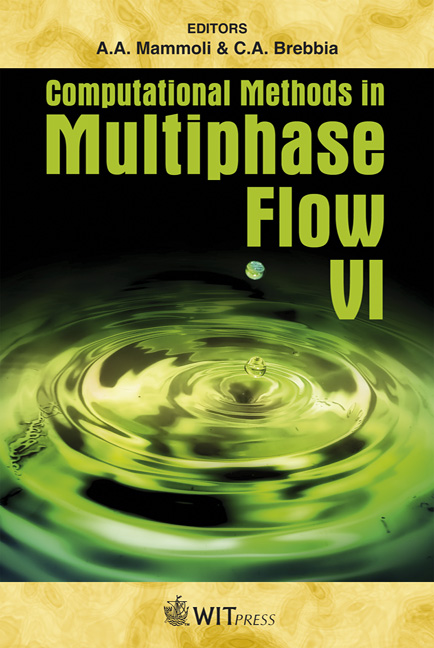Experimental Analysis Of Two-phase Flow In Domestic Central Heating Systems: Micro Bubble Characteristics
Price
Free (open access)
Transaction
Volume
70
Pages
12
Page Range
165 - 176
Published
2011
Size
674 kb
Paper DOI
10.2495/MPF110141
Copyright
WIT Press
Author(s)
A. M. Fsadni, Y. T. Ge & A. G. Lamers
Abstract
Domestic central heating systems result in micro bubble nucleation and detachment at the boiler wall due to the presence of supersaturated conditions in the system. Such conditions originate due to the widespread use of untreated tap water in such systems and due to the air leakage into the system’s closed loop circuit during the daily thermal cycling. The presence of air bubbles in such systems results in a number of undesired effects such as corrosion, blockages, noise and the filling of radiators with air due to the deposit of the micro bubbles in the radiators. As a result, a loss in the heat transfer area of the radiator occurs thus resulting in an inefficient use, consequently increasing the carbon footprint of such widely used systems. Therefore, the capture of micro bubbles at the exit point of the boiler should result in improved system efficiencies. A comprehensive knowledge of the expected bubble production rate and bubble size is important for an efficient deaeration system. To date, no studies have been published on the fundamentals of bubble production and size in wet central heating systems, therefore, the importance of this paper for the building services industry. Experimental results on a test rig incorporating a typical 19 kW (rated) domestic gas fired boiler show typical micro bubble production rates ranging between 0.03 to 0.47 litres of nitrogen gas per hour with a shift in the system heating load. An analysis of the expected bubble diameters was done at different system conditions. Bubbles with average diameters within the range of 0.13 and 0.39 mm were observed. A comparison with Winterton’s finite angle force balance model resulted in reasonable predictions. Keywords: micro bubbles, supersaturated solutions, central heating, dissolved gasses, space heating.
Keywords
micro bubbles, supersaturated solutions, central heating, dissolved gasses, space heating





